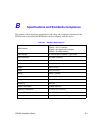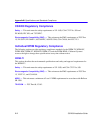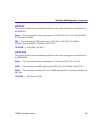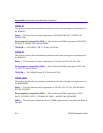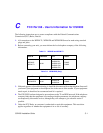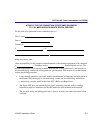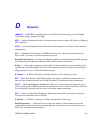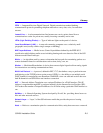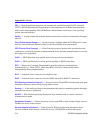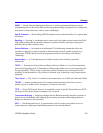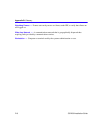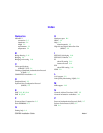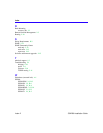
Appendix D: Glossary
D-2 CSX200 Installation Guide
DHCP — Dynamic Host Configuration Protocol is a protocol for automatic TCP/IP configuration
that provides static and dynamic address allocation and management.
Dial on Demand — Dial up WAN resources are accessed only when remote access is required
and released as soon as the resource is no longer needed.
DTE — Data Terminating Equipment. DTE refers to equipment used in a network as the data
source and/or destination, such as computers.
DTMF — Dual Tone Multi-Frequency. TOUCHTONE as opposed to Dial Pulse (DP).
DTR — Data Terminal Ready. RS232 signal used for indicating to the DCE the readiness to
transmit and receive data.
EtherTalk — AppleTalk protocols running on Ethernet.
Filter — Feature to control the flow of data based on protocol or bridge information. Filters can
be specific to allow data through or prevent transmission.
Firewall — A combination of techniques used to protect one network from unknown networks
and users on the outside. Firewalls can filter or block traffic and act as a management and network
security point where all traffic can be scrutinized.
Frame — A group of data generated by Data Link Layer operation.
HDSL — High bit rate Digital Subscriber Line. A technology to put two-way T1 on a normal
unshielded, bridged (but not loaded) twisted pair without using repeaters.
In-Band Signaling — Transmission within the frequency range used for data transmission; i.e.,
results in use of bandwidth normally reserved for data.
IP — Internet protocol. A network layer protocol which allows a packet to traverse multiple
networks on the way to its final destination.
IP Address — Internet address. A 32-bit address assigned to devices that participate in a network
using TCP/IP. An IP address consists of four octets separated with periods defining network,
optional subnet and host sections.
IPX (Internet Packet Exchange) — A proprietary Network layer protocol developed by Novell
and used in NetWare networks.



